MALMÖ, Sweden: Although complication rates for zirconia restorations are low, technical problems like loss of retention are significant owing to the ceramic’s growing popularity. There is, therefore, a great clinical need to understand the causes of these complications. Dr Minh Le, a PhD candidate at Malmö University, investigated key factors affecting the adhesion of zirconia posterior tooth-supported single crowns, seeking to improve long-term clinical outcomes and reduce common issues with retention failure. His findings highlight the importance of surface pretreatment and cementation procedures in ensuring durable retention.
To explore how adhesion between zirconia and dentine might be improved to enhance the longevity of zirconia restorations, Dr Le devised a research project made up of four interlinked studies. The first took place in the laboratory and examined surface treatments on various kinds of zirconia materials. The results showed that adhesion to the tooth is improved if the surface of the zirconia is sandblasted before cementation with an MDP-based resin cement.
After this laboratory-based study, a systematic review and meta-analysis were then conducted that focused on how the type of cement used affects the survival of tooth-supported zirconia crowns. This study found that such crowns exhibit a survival rate of at least three years, regardless of the type of cement used.
The third study was a three-year follow-up of a randomised, controlled clinical trial in which general dentists treated patients with three types of ceramic crowns on posterior teeth. The results showed that the restorations were overwhelmingly successful, complications were rare and the patients were satisfied with the quality. The crown survival rate was 98.8% by the end of the follow-up period.
The final study was an experimental laboratory study in which primers and cements from two different cement systems were used together to evaluate the bond strength between zirconia and the tooth. The results showed that it is important to use products from the same cement system to achieve a reliable bond.
The central finding of the thesis has been to underline the durability and quality of zirconia crowns, provided that all preparatory and technical procedures are undertaken carefully and accurately. In a university news release, Dr Le said: “We have seen dental crowns have a very good survival rate, regardless of the type of cement used. According to the systematic review and meta-analysis we did, 99% had a survival rate of at least three years.”
The PhD thesis, titled Retention of Zirconia-Based Restorations: Studies on Adhesive Cementation of Translucent Zirconia Crowns, is available to download here.
Topics:
Tags:
During the last decade, zirconia has increasingly become established as the material of choice in prosthodontics. Its excellent mechanical and inert ...
In the ever-evolving realm of modern dentistry, innovations are continually reshaping the landscape of patient care, bringing greater precision, efficiency ...
The 85-year-old female patient presented after osteosynthesis of multiple mandibular fractures she had sustained in a fall (Figs. 1 & 2). During ...
JAZAN, Saudi Arabia: Zirconia-based restorations, renowned for their durability and aesthetics resembling natural teeth, have gained popularity over the ...
Live webinar
Wed. 14 January 2026
12:00 pm EST (New York)
Dr. Théo Laplane, Dr. Robert Gottlander DDS
Live webinar
Fri. 16 January 2026
12:00 pm EST (New York)
Live webinar
Mon. 19 January 2026
1:00 pm EST (New York)
Philipp Kopp, Michael Seeber
Live webinar
Thu. 22 January 2026
9:00 am EST (New York)
Prof. Judith Jones D.D.S; M.P.H., Prof. Kakuhiro Fukai D.D.S., Ph.D, Dr. Bathsheba (Bethy) Turton
Live webinar
Thu. 22 January 2026
2:00 pm EST (New York)
Dr. Nicola M. Grande DDS, PhD
Live webinar
Wed. 28 January 2026
8:00 am EST (New York)
Live webinar
Wed. 28 January 2026
11:00 am EST (New York)
Prof. Dr. Jan-Frederik Güth



 Austria / Österreich
Austria / Österreich
 Bosnia and Herzegovina / Босна и Херцеговина
Bosnia and Herzegovina / Босна и Херцеговина
 Bulgaria / България
Bulgaria / България
 Croatia / Hrvatska
Croatia / Hrvatska
 Czech Republic & Slovakia / Česká republika & Slovensko
Czech Republic & Slovakia / Česká republika & Slovensko
 France / France
France / France
 Germany / Deutschland
Germany / Deutschland
 Greece / ΕΛΛΑΔΑ
Greece / ΕΛΛΑΔΑ
 Hungary / Hungary
Hungary / Hungary
 Italy / Italia
Italy / Italia
 Netherlands / Nederland
Netherlands / Nederland
 Nordic / Nordic
Nordic / Nordic
 Poland / Polska
Poland / Polska
 Portugal / Portugal
Portugal / Portugal
 Romania & Moldova / România & Moldova
Romania & Moldova / România & Moldova
 Slovenia / Slovenija
Slovenia / Slovenija
 Serbia & Montenegro / Србија и Црна Гора
Serbia & Montenegro / Србија и Црна Гора
 Spain / España
Spain / España
 Switzerland / Schweiz
Switzerland / Schweiz
 Turkey / Türkiye
Turkey / Türkiye
 UK & Ireland / UK & Ireland
UK & Ireland / UK & Ireland
 Brazil / Brasil
Brazil / Brasil
 Canada / Canada
Canada / Canada
 Latin America / Latinoamérica
Latin America / Latinoamérica
 USA / USA
USA / USA
 China / 中国
China / 中国
 India / भारत गणराज्य
India / भारत गणराज्य
 Pakistan / Pākistān
Pakistan / Pākistān
 Vietnam / Việt Nam
Vietnam / Việt Nam
 ASEAN / ASEAN
ASEAN / ASEAN
 Israel / מְדִינַת יִשְׂרָאֵל
Israel / מְדִינַת יִשְׂרָאֵל
 Algeria, Morocco & Tunisia / الجزائر والمغرب وتونس
Algeria, Morocco & Tunisia / الجزائر والمغرب وتونس
 Middle East / Middle East
Middle East / Middle East
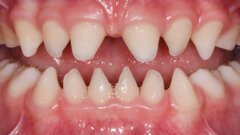























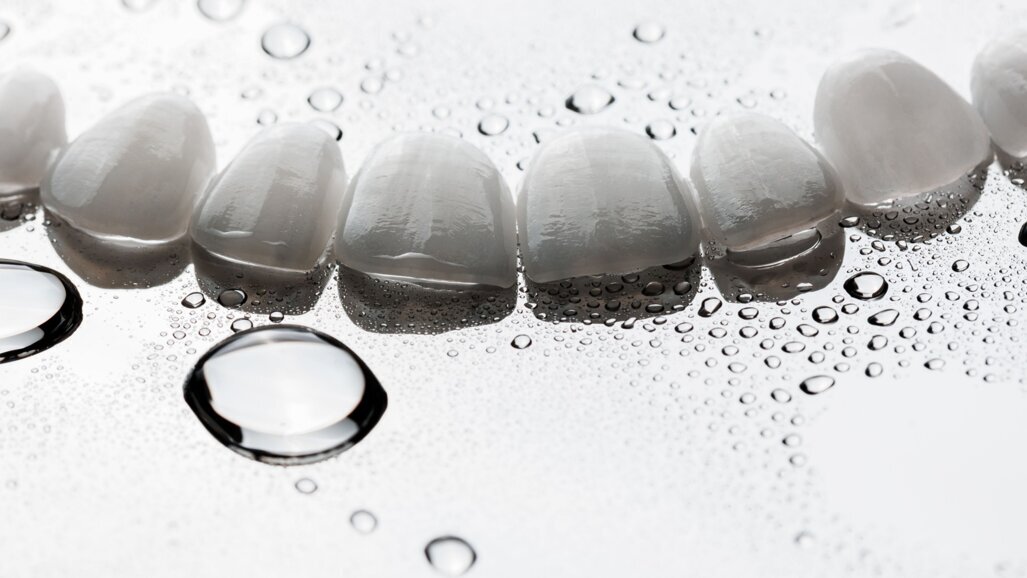



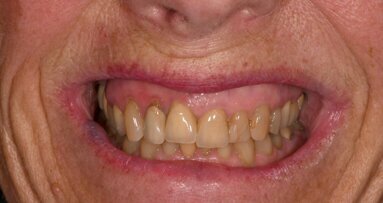
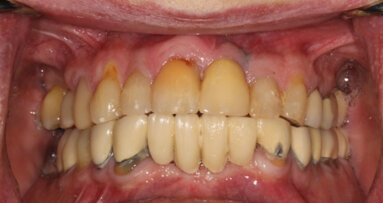
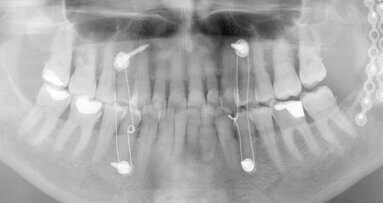
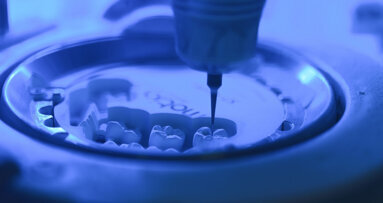










To post a reply please login or register